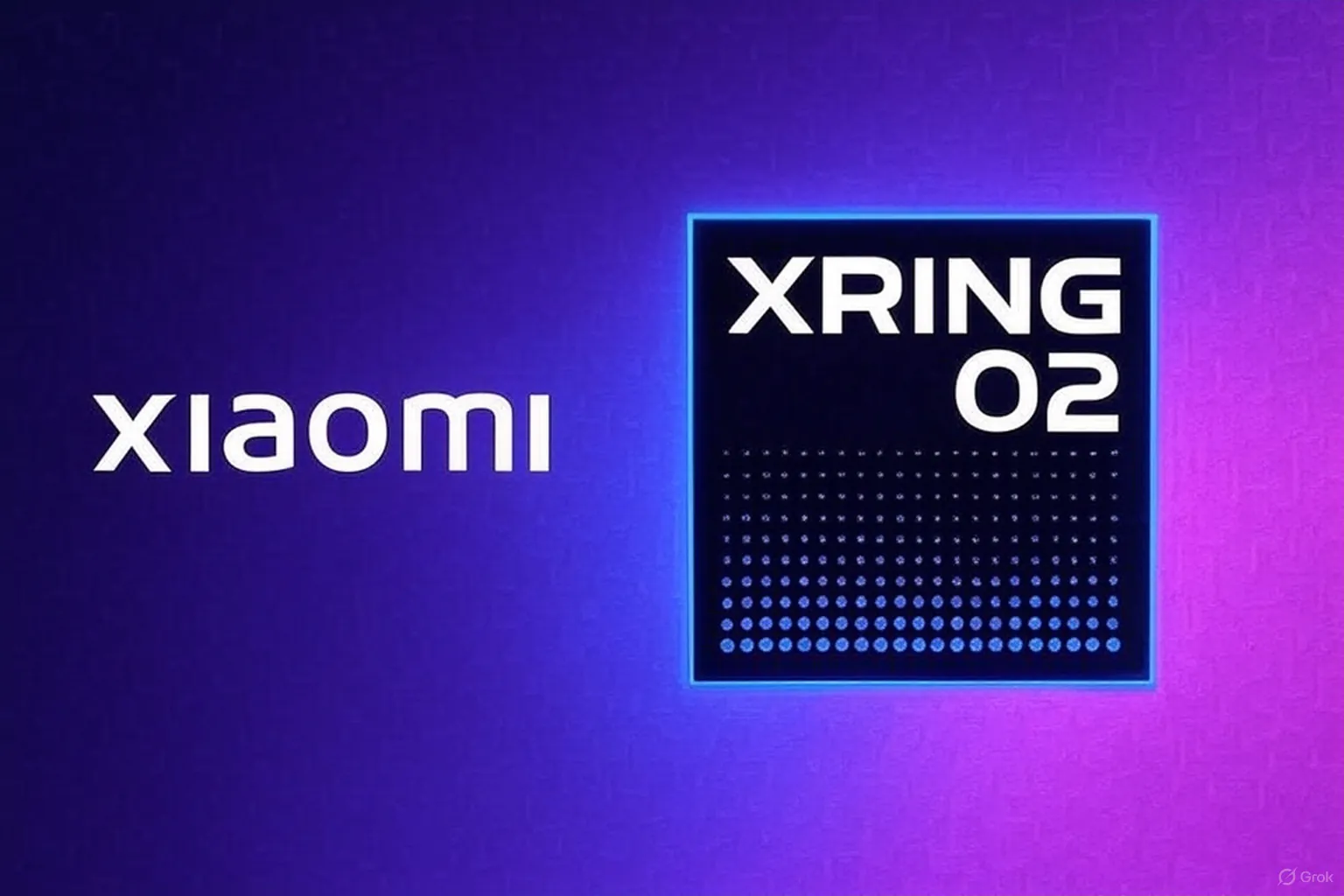Xiaomi appears to be moving forward with its plans to establish a stronger foothold in custom chip development. According to a new leak, the company has already filed a trademark for what could be the successor to its first 3nm in-house chipset, the XRING 01. This step signals that work may have started on the XRING 02, potentially marking the next chapter in Xiaomi’s effort to reduce its dependence on external silicon suppliers such as Qualcomm and MediaTek.
The information surfaced through a series of images shared by X user @faridofanani96, which point to a trademark filing for the XRING 02 on TianYanCha, a well-known business query platform in China. The database also shows related entries, including XRING T1—currently used in the Xiaomi Watch S4—and XRING 0. The appearance of XRING 02 in these records suggests that Xiaomi is preparing to expand its lineup of in-house processors.
The XRING 01 was manufactured using TSMC’s second-generation 3nm process, also referred to as N3B. If Xiaomi intends to follow a consistent progression, the XRING 02 could be built on TSMC’s improved 3nm N3P or N3E nodes. These offer better performance-per-watt ratios and transistor density compared to their predecessor. However, while this indicates a technical upgrade, challenges lie ahead.

Due to current export restrictions imposed by the United States, Chinese companies are barred from accessing certain electronic design automation (EDA) tools required to develop chips on next-generation lithography, including the 2nm node. Although Xiaomi is not on Taiwan’s restricted export list—unlike companies such as Huawei—it would still need to obtain the appropriate licenses to acquire advanced design tools. This restriction may prevent the XRING 02 from adopting TSMC’s 2nm process in the near term.
As competitors like Qualcomm and Apple prepare to launch their upcoming chipsets—Snapdragon 8 Elite Gen 3 and A20 series, respectively—on TSMC’s 2nm node, Xiaomi’s next chip might fall slightly behind in terms of raw lithographic advancement. That said, if the XRING 02 is built using the N3E node, it can still deliver competitive performance while benefiting from improved energy efficiency.
The move to develop a second-generation custom SoC aligns with Xiaomi’s broader strategy to vertically integrate key hardware components. While the company has previously relied on established chipmakers for its premium smartphones, a shift to in-house silicon could offer greater control over performance, software optimization, and supply chain stability.
At this stage, no timeline has been shared for the official launch of the XRING 02, and Xiaomi has not issued a public statement. With the trademark now in the system and early signs of development surfacing, more information is likely to emerge in the coming months.







